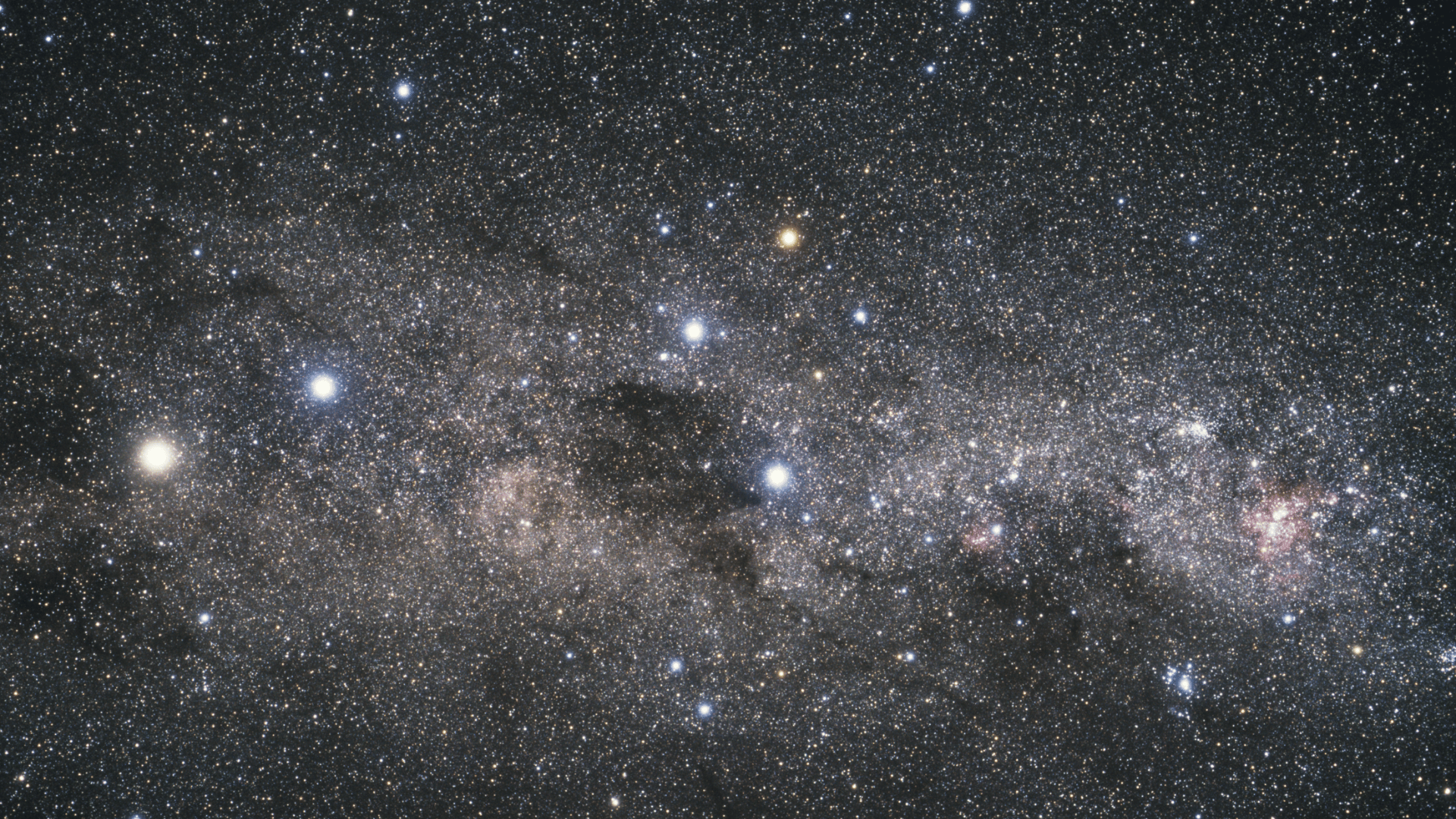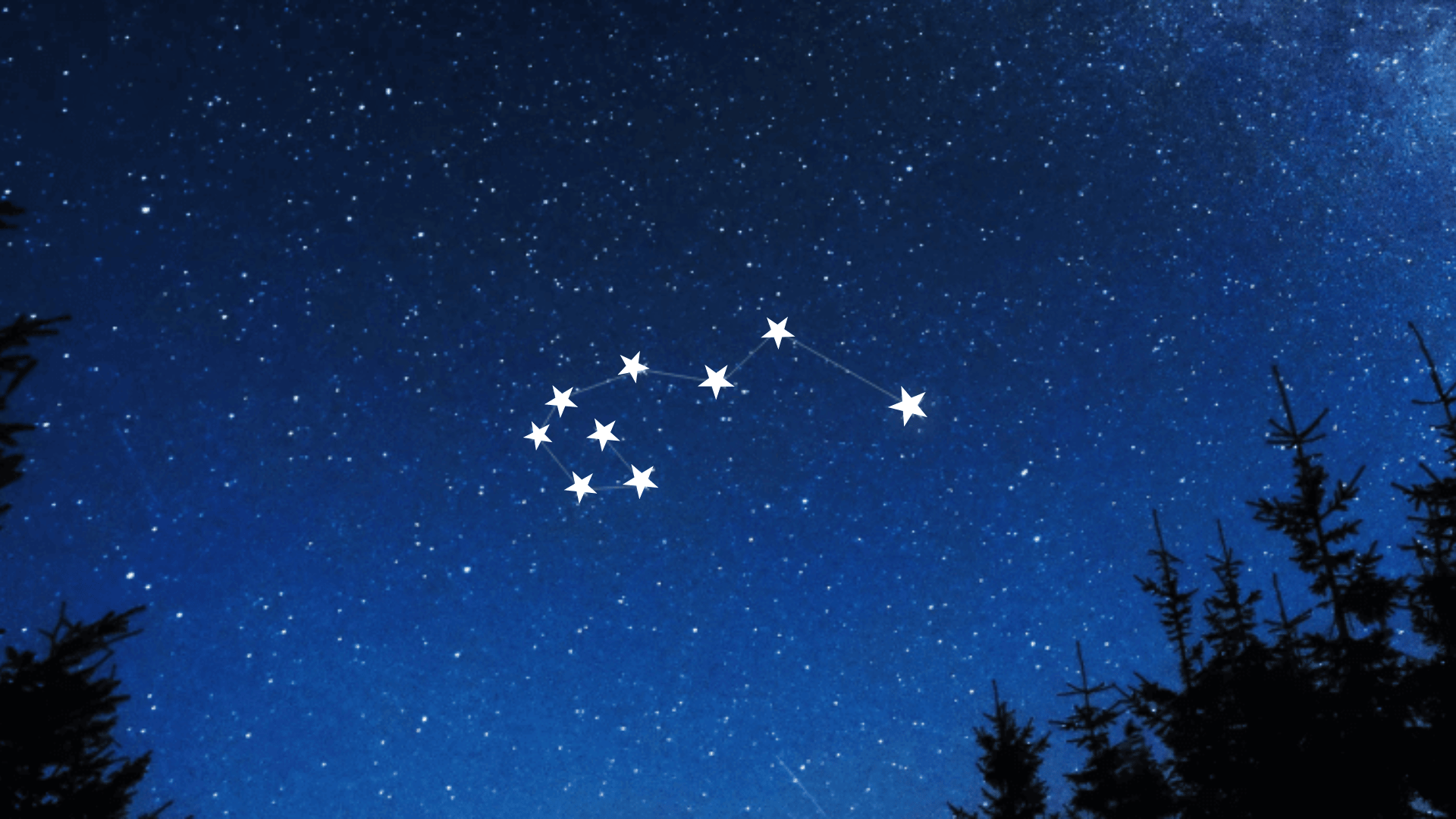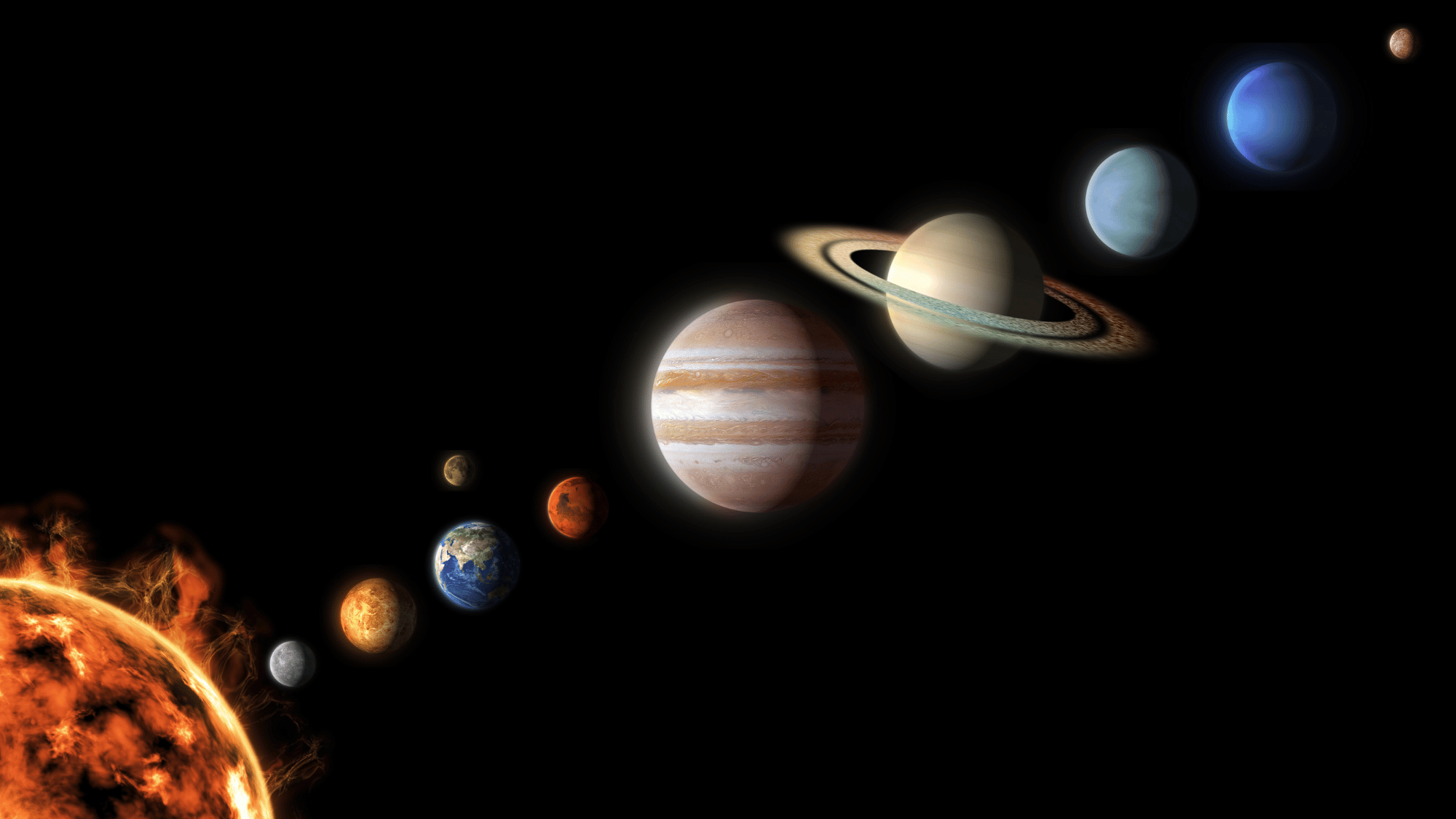Imagine standing beneath a southern sky so bright it feels alive, countless stars shimmering like silver dust across the Milky Way’s glowing river.
Among them drifts Carina, a constellation that has guided explorers, inspired myths, and captivated astronomers for centuries.
Seen best from the Southern Hemisphere, Carina traces the outline of a great celestial ship gliding through the heart of the Milky Way.
For stargazers, it’s not just a pattern of stars but a gateway to some of the most interesting regions of the night sky.
What is the Carina Constellation?
The Carina constellation is one of the most interesting and visually rich regions of the southern night sky.
This is because Carina represents the keel of the mythical ship Argo Navis, the vessel used by Jason and the Argonauts in Greek mythology to search for the Golden Fleece.
Originally, Carina wasn’t a standalone constellation. It was part of a much larger one, Argo Navis, which depicted the entire ship.
However, in the 18th century, French astronomer Nicolas-Louis de Lacaille divided Argo Navis into three smaller constellations to make it easier to study and map. These were:
- Carina (the keel)
- Puppis (the stern)
- Vela (the sails)
Notable Stars in the Carina Constellation

Image Source: NASA Science
The Carina constellation is home to some of the most luminous and scientifically significant stars in the entire night sky.
1. Canopus (Alpha Carinae)
The constellation’s leading light, Canopus, is a white supergiant approximately 310 light-years away and shines nearly 10,000 times brighter than the Sun.
It’s the second-brightest star in the night sky, serving both as a navigational beacon and an astrophysical standard for measuring stellar luminosity.
Key Features:
- Brightness: Apparent magnitude of -0.74, second-brightest star globally
- Distance: Approximately 310 light-years from Earth
- Luminosity: About 10,000 times more luminous than our Sun
- Navigation: Used by ancient mariners and modern spacecraft for orientation
2. Miaplacidus (Beta Carinae)
Miaplacidus serves as Carina’s second-brightest star and forms part of the distinctive “False Cross” asterism often confused with the Southern Cross.
This white subgiant lies 111 light-years away and derives its name from Arabic origins, meaning “the waters.” Its prominent position makes it an essential guide star for southern hemisphere navigation and stargazing.
Key Features:
- Magnitude: 1.67 (clearly visible to the naked eye)
- Distance: Approximately 111 light-years from Earth
- Luminosity: About 288 times more luminous than the Sun
- Navigation: A Key component of the False Cross asterism used for southern hemisphere orientation
3. Avior (Epsilon Carinae)
Avior presents itself as a brilliant single point of light but actually comprises an interesting binary star system containing an orange giant paired with a hot blue main-sequence star.
The name Avior is relatively modern, assigned in the mid-20th century. This double star system contributes to the False Cross pattern and provides astronomers with valuable insights.
Key Features:
- Magnitude: 1.86 (third-brightest star in the Carina constellation)
- Distance: Approximately 630 light-years from Earth
- Luminosity: The Combined system is roughly 6,000 times more luminous than the Sun
- Navigation: Forms the southern point of the False Cross asterism
4. Aspidiske (Iota Carinae)
Aspidiske shines as a rare white supergiant in an intermediate evolutionary stage between main-sequence and red-giant phases.
This luminous star represents the fourth-brightest member of the Carina constellation family.
Aspidiske’s tremendous intrinsic brightness makes it a significant stellar landmark. Its name comes from Greek, meaning “little shield,” referencing ancient ship-building terminology
Key Features:
- Magnitude: 2.21 (easily visible under most viewing conditions)
- Distance: Approximately 690 light-years from Earth
- Luminosity: About 4,900 times more luminous than our Sun
- Navigation: A Useful marker for identifying Carina’s central region in the southern sky
Deep-Sky Objects in Carina
The Carina constellation’s proximity to the galactic plane makes it a treasure trove for astronomers and astrophotographers alike.
| Object Name | Type | Distance (ly) | Notable Features |
|---|---|---|---|
| Eta Carinae Nebula (NGC 3372) | Emission Nebula | 7,500 | Giant star-forming region with Eta Carinae |
| Homunculus Nebula | Reflection Nebula | 7,500 | Formed from Eta Carinae’s Great Eruption |
| Wishing Well Cluster (NGC 3532) | Open Cluster | 1,300 | First target of the Hubble Space Telescope |
| NGC 3293 | Open Cluster | 8,400 | Young cluster of hot blue stars |
| NGC 2808 | Globular Cluster | 31,000 | Contains multiple stellar populations |
| Southern Pleiades (IC 2602) | Open Cluster | 480 | Bright blue cluster near Theta Carinae |
Carina Constellation Location and Best Viewing Tips
Understanding where and when to spot the Carina constellation is key to experiencing its full brilliance.
Position in the Sky
- Right Ascension: 6h to 11h
- Declination: –50° to –75°
- Total Area: About 494 square degrees, ranking it as the 34th largest constellation in the night sky.
Best Time to See Carina
- Southern Hemisphere: Carina dominates the sky, especially in locations such as Australia, New Zealand, South Africa, Chile, and Argentina.
- Equatorial Regions: Some of Carina’s brightest stars, like Canopus, can be seen low on the southern horizon.
- Northern Hemisphere: The constellation remains mostly below the horizon and is not visible above +20° latitude.
How to Locate Carina
- First, locate the Southern Cross (Crux), one of the most distinctive features of the southern sky.
- Look below and slightly east of Crux to spot Canopus (Alpha Carinae), a brilliant white star that serves as Carina’s anchor point.
- From there, trace nearby stars like Miaplacidus, Avior, and Aspidiske to outline the constellation’s shape.
Scientific Significance and Discoveries of the Carina Constellation
The Carina constellation is not only visually stunning but also scientifically invaluable. It contains some of the most massive and dynamic celestial objects known to astronomy, making it a cornerstone for research into stellar formation, evolution, and destruction.
- Natural Stellar Laboratory: Carina provides a rare chance to observe every stage of stellar life, from forming protostars to aging supergiants nearing supernova.
- Eta Carinae: A Case Study in Stellar Instability: This massive binary system offers direct insight into how extreme stars shed mass and energy before their explosive end.
- Carina Nebula Discoveries: Research here reveals how radiation and stellar winds from giant stars trigger new star formation and influence nearby planetary systems.
- Galactic Calibration Point: Carina’s bright supergiants serve as benchmarks for measuring distance and luminosity, refining models used across astrophysics.
- Future Supernova Predictions: Ongoing monitoring of Eta Carinae prepares astronomers to study one of the closest potential supernovae in modern history.
Carina Constellation Facts and Trivia
The wonders of the southern sky with these fascinating facts and trivia about the Carina Constellation:
| Question | Answer |
|---|---|
| What does “Carina” mean in Latin? | Keel |
| Which larger constellation was it once part of? | Argo Navis |
| Who divided Argo Navis into smaller constellations? | Nicolas-Louis de Lacaille |
| When is Carina’s best viewing season? | February to April |
| What smaller nebula lies within the Carina Nebula? | The Keyhole Nebula |
Conclusion
The Carina constellation stands as a living reminder of how dynamic our universe truly is, a place where stars are born, evolve, and transform the galaxy around them.
For observers under southern skies, it offers both beauty and perspective, revealing the vast scale of cosmic creation unfolding beyond our world
So grab your binoculars or telescope, find a dark sky location, and experience Carina’s wonders yourself.
The universe’s most spectacular stellar event is waiting. Don’t miss your chance to witness it.


















